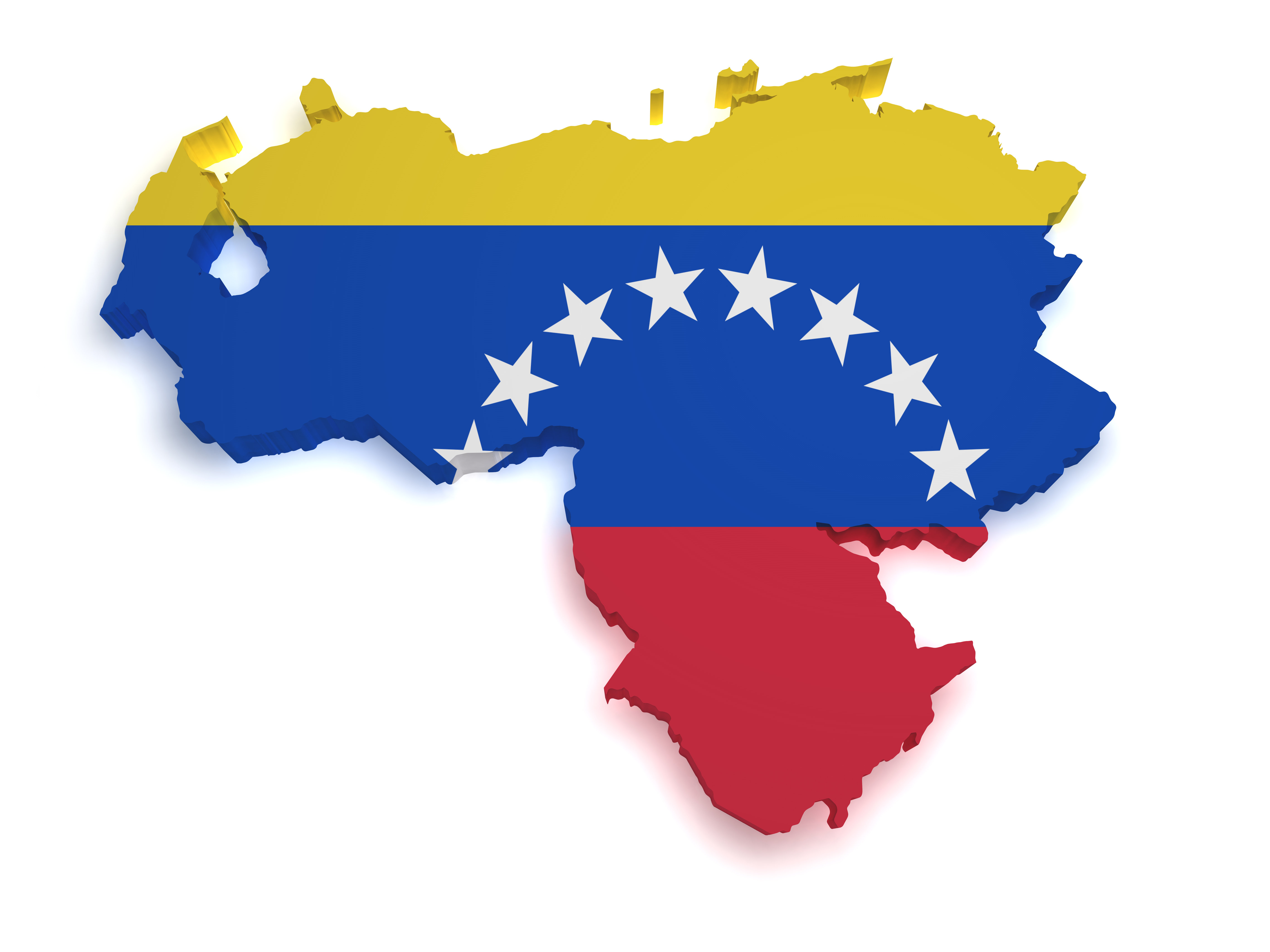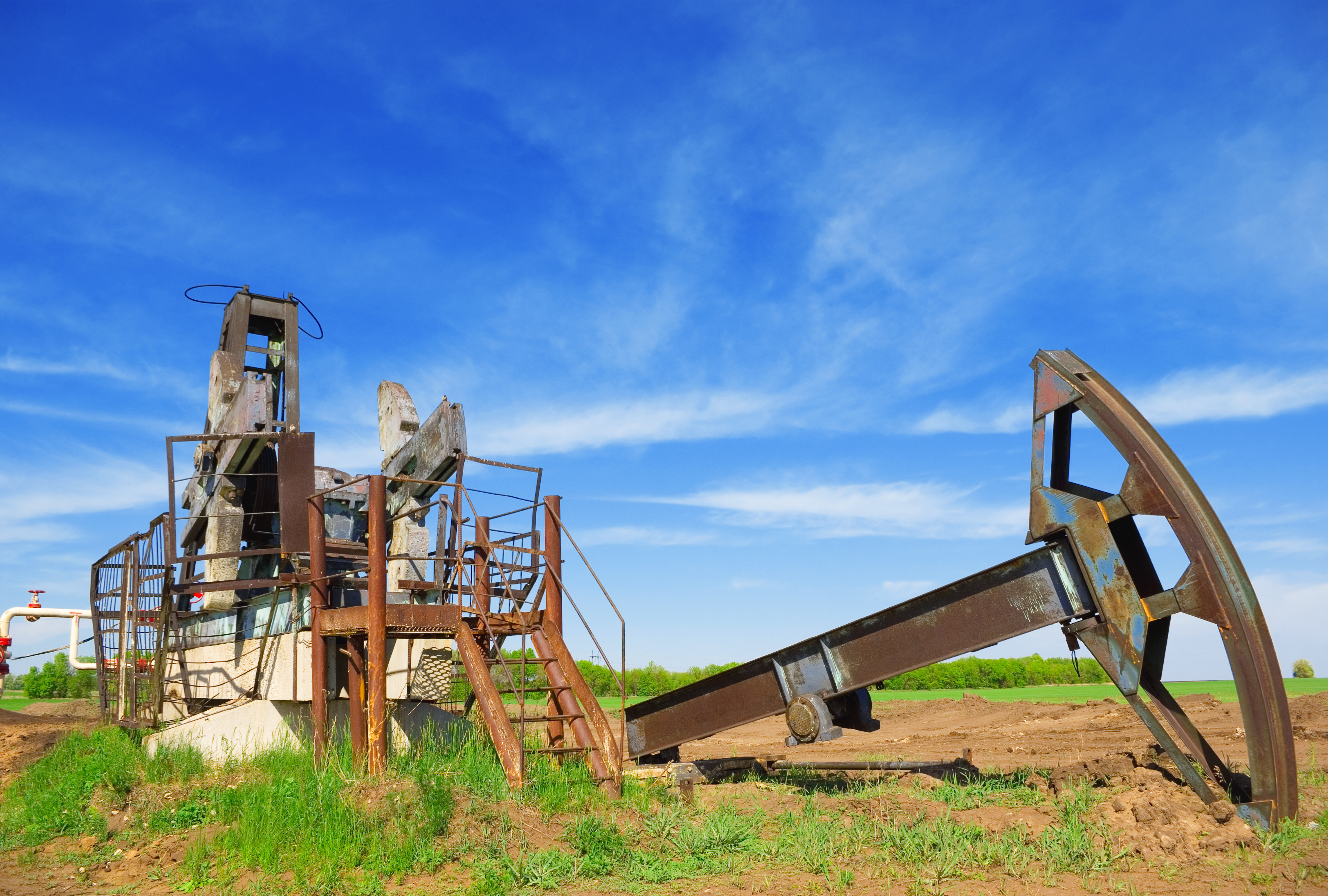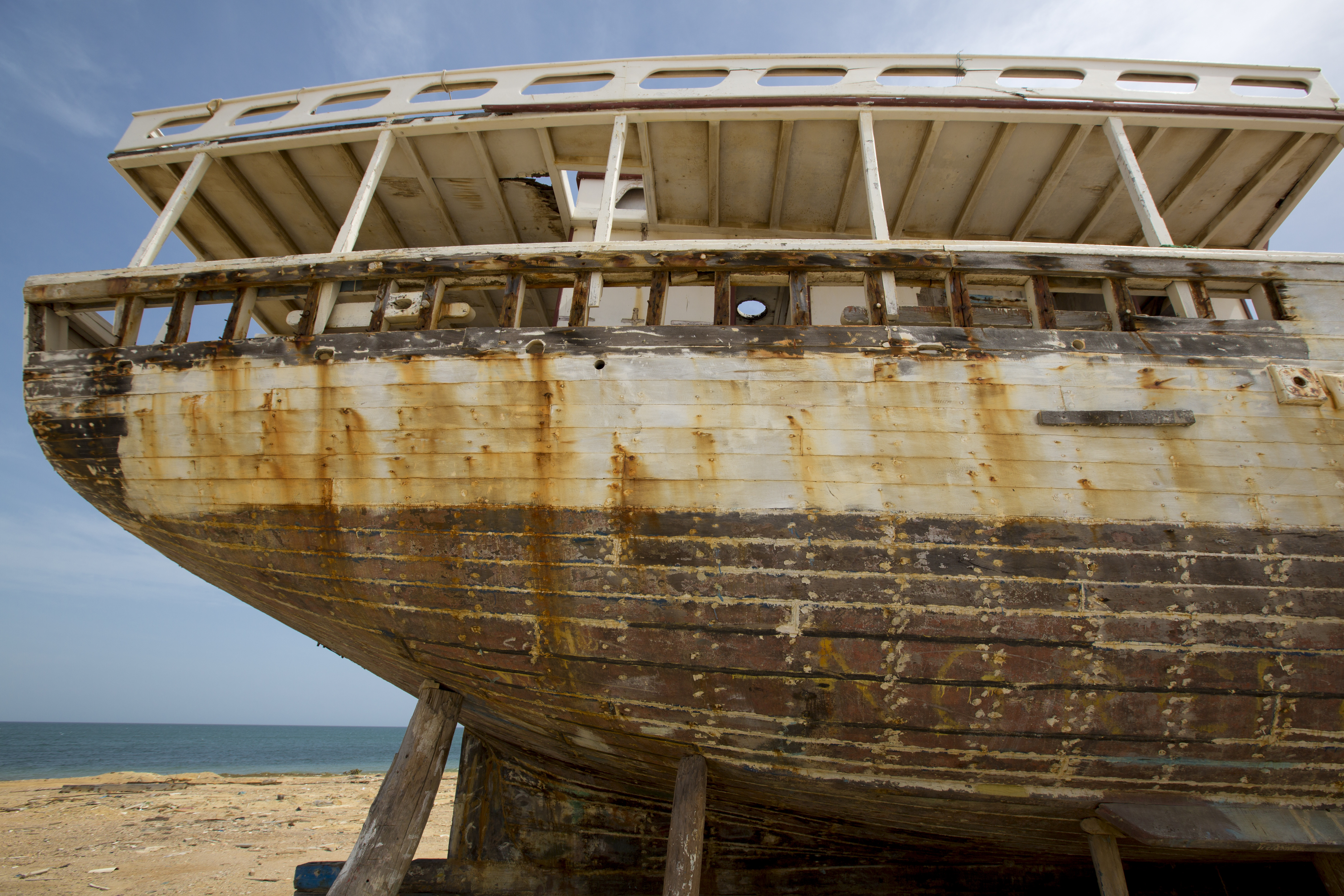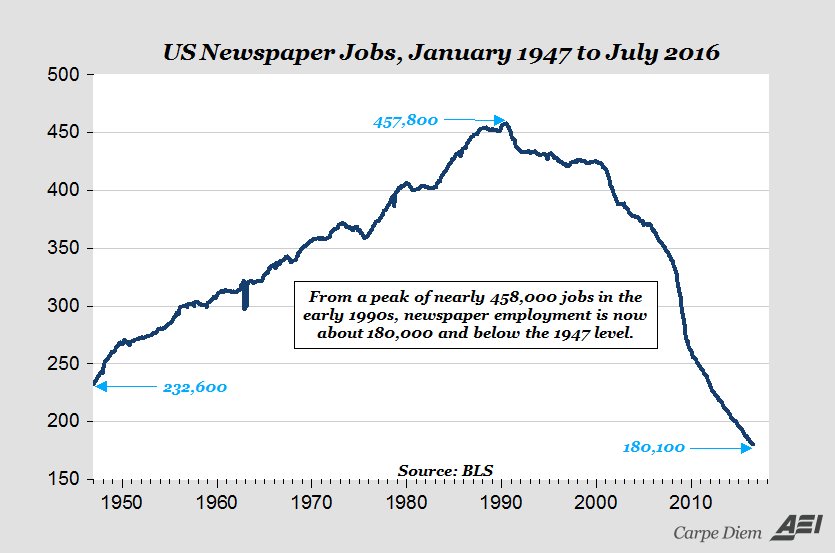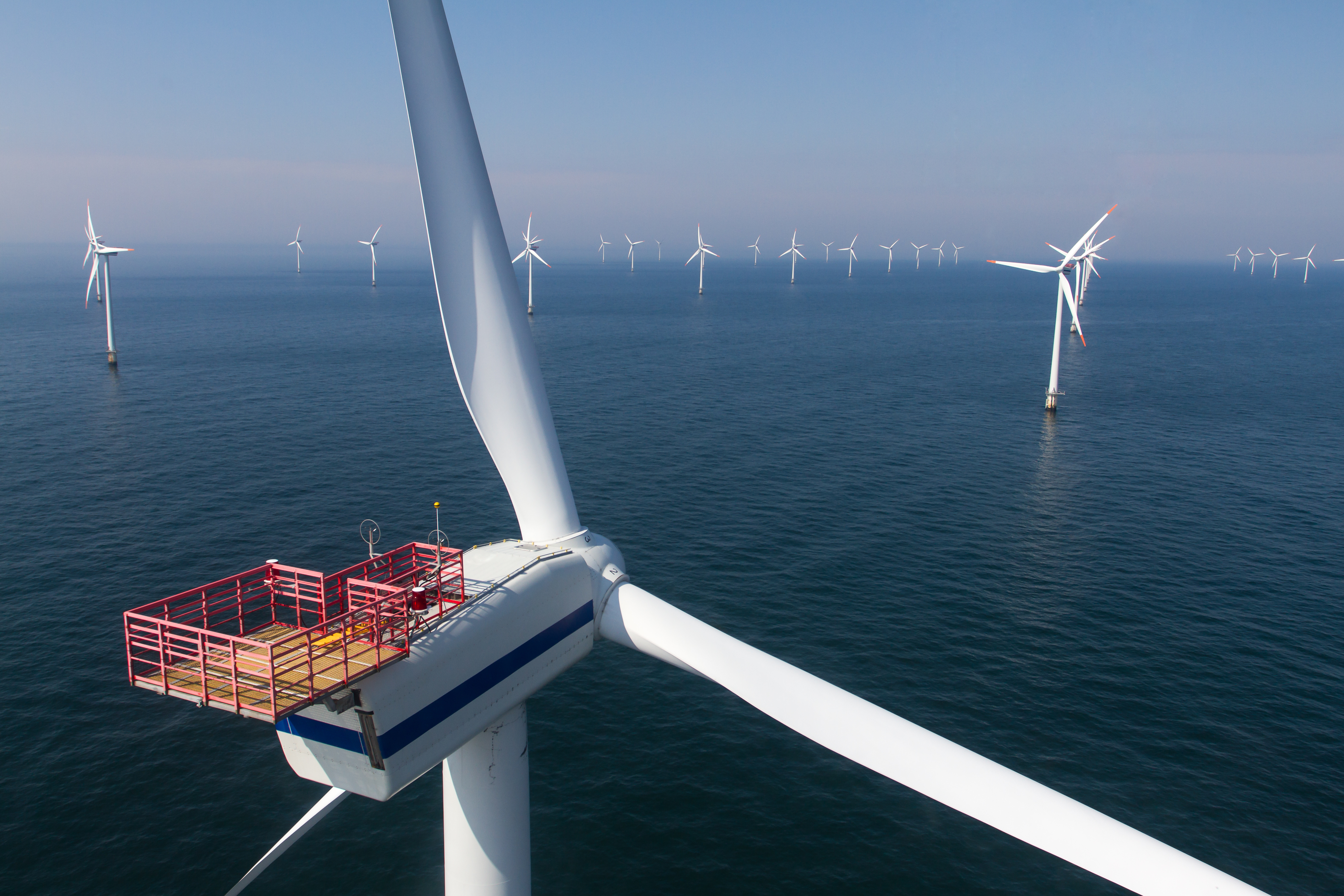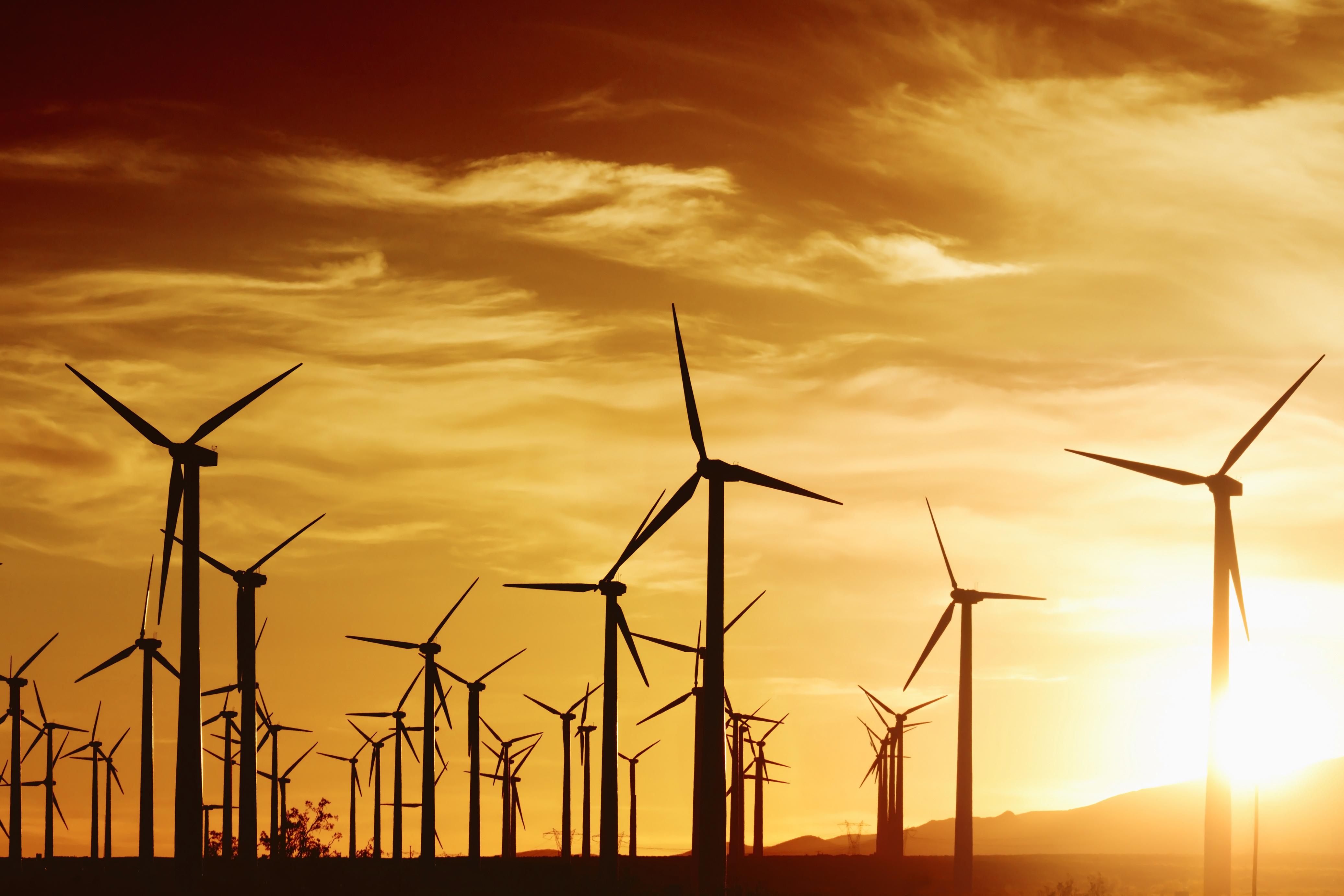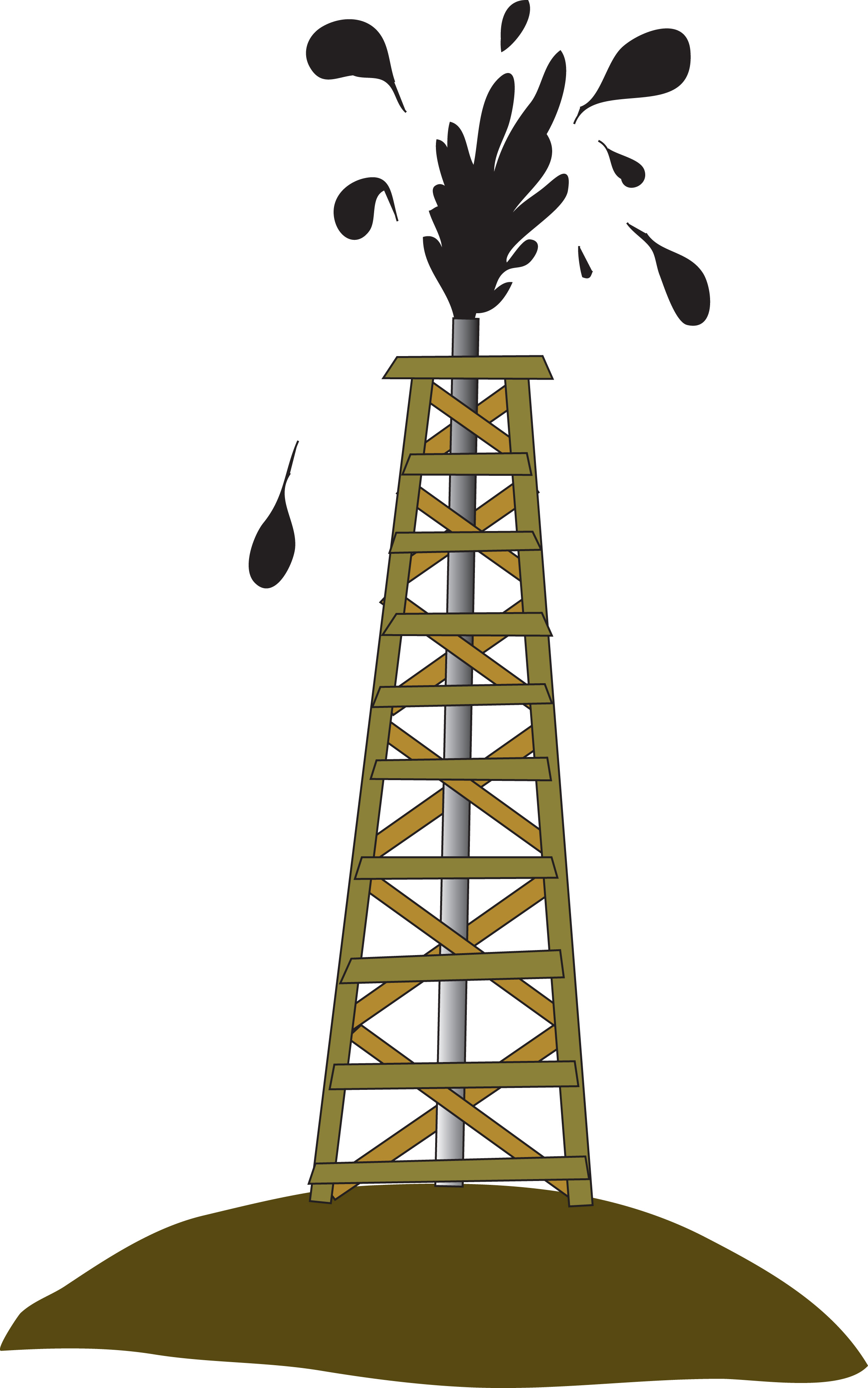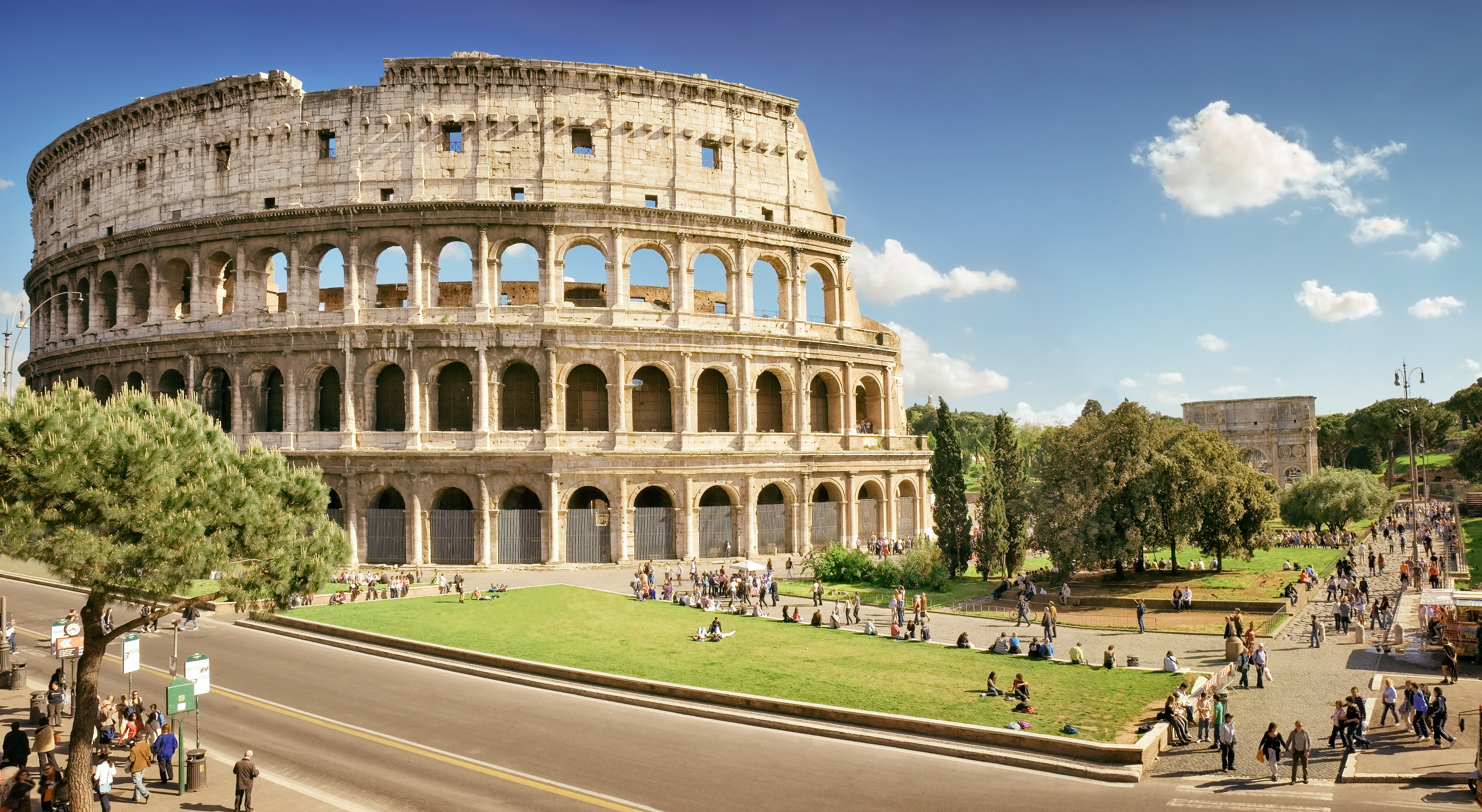
I’ll have two posts describing how bad decisions by Roman Emperors contributed to the economic deterioration in the Empire by their intentional decisions.
First, check out Richard Ebeling on 10/5/16 at Foundation for Economic Freedom – How Roman Central Planners Destroyed Their Economy.
In 58 B.C. (yes, I know that was shortly before the move from a republic to an empire), the Roman government started giving wheat to citizens of Rome for free. As expected, this resulted in masters letting their slaves go free so the government was responsible for their subsistence. In 45 B.C. Julius Caesar figured out that one-third of Roman citizens were getting their food from the government.
Farmers fled to the city to get food for free instead of breaking their back all year long in order to barely have enough to eat. Slave owners turned their slaves free so the central government could feed them instead.
Move forward a few hundred years to see the destruction from debasing the currency along with price controls.
Continue reading “Government decisions helped take down the Roman economy”
